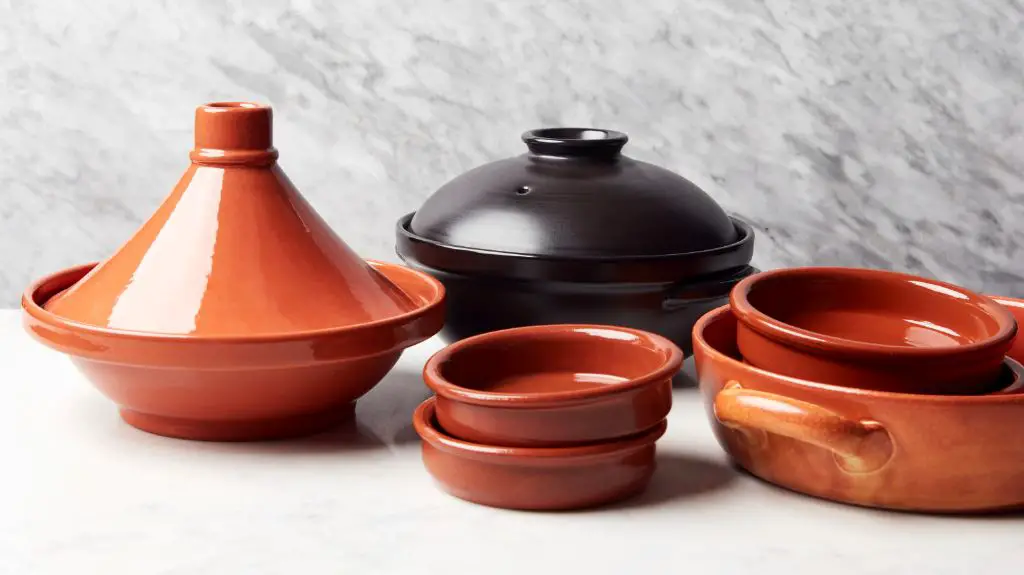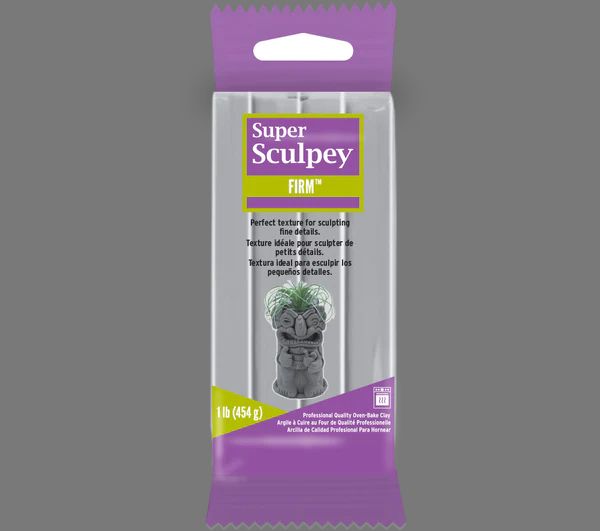Is Clay Pot Cooking Healthy?
Clay pot cooking is a traditional cooking technique that utilizes unglazed or glazed clay pots to cook food. It is one of the oldest forms of cooking, dating back over 10,000 years. Clay pots retain heat well and distribute it evenly, resulting in food that is cooked thoroughly and imbues unique flavors. The porosity of the clay allows some evaporation to occur in the cooking process, concentrating flavors.
Clay pots come in various shapes and sizes for different cooking applications. Round pots work well for soups, stews, and braised dishes. Flat-bottomed pots can be used for rice, dals, and curries. Smaller pots are good for sides, condiments, and glazes. Lids often come with pots to allow for covered simmering or roasting.
Compared to metal cookware, clay pots cook at lower temperatures over longer periods, bringing out the natural flavors of food. The gentle heat prevents burning or scorching, while still cooking food thoroughly. Home cooks worldwide utilize clay pots for stove-top cooking as well as tandoor and oven use.
History of Clay Pot Cooking
Clay pot cooking dates back thousands of years to some of the earliest civilizations. The first known use of clay pots for cooking comes from ancient Mesopotamia, where the Sumerians crafted pots out of clay as early as 6000 BC. These early clay vessels were used not just for cooking, but also for storage, serving, and transporting foods and liquids (Clay pot cooking – Wikipedia).
Clay pot cooking was also present in ancient Egypt and China several thousand years ago. In China, clay pot cooking dates back to at least 1000 BC during the Zhou dynasty. Over the centuries, the Chinese refined clay pot making into an art form, developing intricate styles for different clay pot shapes and glazes. Clay pots played a central role in Chinese cooking techniques and cuisine (Clay Pot Cooking: A Historic Evolution).
Clay pot cooking spread to many cultures and regions over the millennia, from Europe to the Middle East to South Asia. Each culture adapted clay pot cooking techniques to make use of locally available materials and suit their culinary customs. Today, clay pot cooking remains an important part of many traditional cuisines around the world.
Benefits of Clay Pots
Clay pots provide even and efficient heating that enhances the flavor and nutritional value of food. The porous nature of clay allows steam to circulate through the walls, cooking the food gently and evenly throughout (1). This differs from metal pots that transfer heat directly to the surface of the food.
The thermal mass properties of clay also give it superior heat retention compared to other materials. Once heated, a clay pot can maintain its temperature for a long time, allowing for simmering and slow cooking. The clay transfers heat gradually to the food, preventing scorching or burning (2). This steady gentle cooking helps bring out nuances of flavor.
Sources:
(1) https://www.veganfirst.com/article/health-benefits-of-clay-pot-cooking
(2) https://mitticool.com/health-benefits-of-clay-pot-cooking/
Nutrients Retained
Cooking with clay pots retains more vitamins and minerals compared to other cooking methods like stainless steel or aluminium pots. According to a study published in the Journal of Food Research & Review, cooking with clay pots resulted in higher retention of vitamins A, B1, B2, B3, B9, C, and E compared to stainless steel pots (https://www.ncbi.nlm.nih.gov/pmc/articles/PMC8249525/).
The porous nature of clay allows heat to distribute evenly, resulting in food cooking at lower temperatures. This gentle cooking helps preserve water-soluble vitamins like vitamin C and B complex vitamins. Minerals like iron, calcium, magnesium, and potassium are also better retained compared to other cookware.
Additionally, some minerals like iron and magnesium leach from the clay into the food. This increases the mineral content, especially for acidic ingredients like tomatoes, lentils, and beans (https://www.thegardenrecipe.com/health/benefits-clay-pot-cooking).
Food Safety
When cooking with clay pots, it’s important to consider potential risks from lead exposure. Some clay pots, especially those with glazes, can leach lead into food during cooking. Lead is a toxic heavy metal, and even small amounts can be dangerous, especially for children. According to https://miriamsearthencookware.com/mec-blog/is-it-safe-to-cook-in-clay-pots/, any clay pot with lead glaze should be avoided for cooking.
The safest option is to choose unglazed, lead-free clay pots made from natural clays. These will not leach any chemicals or heavy metals into food. It’s also important to properly cure and season new clay pots before first use. When sourcing clay pots, look for ones that comply with California Proposition 65, which regulates lead content in cookware and is a good benchmark for safety.
With quality, lead-free clay pots, cooking and storing food in clay can be perfectly healthy and safe. But do research on the specific brand and origin of the clay first. Avoid antique or handmade pots that may have lead glazes or paints. And be sure to follow proper curing and cleaning methods to get the most benefits and avoid potential risks.
Clay Pot Cooking Techniques

Clay pots are particularly well-suited for cooking techniques like steaming, stewing, and braising. The porous material retains moisture and heat, which helps cook food evenly without drying it out.
For steaming, place a steamer basket in the clay pot, add water to the pot, and put food like vegetables or fish in the basket. The steam will gently cook the food. Adding aromatics to the water, like garlic or ginger, will infuse flavors.
Stewing and braising excel in a clay pot. The pot encourages liquids like broth or wine to reduce down into a flavorful sauce. Tough cuts of meat become fall-apart tender after low and slow cooking. The clay pot does not need to be watched closely, just check periodically and add more liquid as needed. Braised short ribs, beef bourguignon, coq au vin, and osso buco are all excellent clay pot dishes.
No matter the technique, food cooked in a clay pot will have nuanced, layered flavors. The clay absorbs some subtle flavors and aromas from the food and releases them back during cooking. This gives a depth of flavor unachievable in metal or glass pots.
Clay Pot Meals
Clay pots are well-suited for cooking a variety of one-pot meals. The moist heat environment creates tender meats and vegetables infused with flavor. Some of the most popular clay pot meals include:
- Stews – Clay pots are ideal for braised beef stew, chicken stew, and vegetable stews. The clay evenly distributes heat and prevents burning (https://www.pinterest.com/madebyjuvenia/claypot-recipes/).
- Curries – Curries like chicken tikka masala and Thai green curry develop complex flavors when cooked in a clay pot. The curry spices permeate the food (https://www.munchery.com/blog/the-10-best-clay-pot-recipes-to-make-at-home/).
- Rice dishes – Clay pot rice, risotto, and rice pilafs come out fluffy and full of flavor. The clay absorbs excess moisture for perfect rice texture.
- Soups and chilis – Hearty soups and chilis cook evenly in clay pots. The stewing action tenderizes meats and beans.
- Casseroles – Clay pots are the perfect vessels for eggplant parmesan, tuna noodle casserole, and other baked casseroles. The clay browns and crisps toppings.
With its heat retention and moisture-wicking abilities, clay pots unlock the full potential of flavorful one-pot meals.
Clay Pot Maintenance
Proper maintenance of clay pots is important for ensuring optimal cooking results and extending the lifespan of your pots. Here are some key tips for taking care of clay cookware:
Seasoning – Before first use, season clay pots by coating the inside with a thin layer of edible oil and letting it bake in a warm oven for 30 minutes. This helps seal the pores. Repeat seasoning from time to time to maintain the nonstick patina.
Cleaning – Avoid using soap on clay pots, as it can seep into pores and impart flavors. Instead, clean gently with a soft sponge, warm water, and a small amount of coarse salt or baking soda. Rinse thoroughly and wipe dry. According to The Spruce Eats, harsh scrubbers should also be avoided to prevent scratching the surface.
Drying – Due to their porous nature, clay pots should not be left wet for prolonged periods, which can lead to mold growth. Fully dry pots after washing and before storing.
Storage – Store clay pots in a dry place when not in use. Some tips include storing with crumpled newspaper inside to absorb moisture, hanging pots to allow air circulation, or coating the inside lightly in oil.
With proper care, clay cookware can last for many years, while imparting distinct flavor and health benefits to dishes.
Clay Pot Alternatives
While clay pots have unique properties, there are some alternatives that can achieve a similar cooking effect. According to one Reddit thread, some options for clay pot alternatives that work on induction cooktops include:
- Earthenware pots that are induction-compatible, like those from Emile Henry or Revol.
- Cast iron dutch ovens, which retain heat well and can be used on induction.
- Ceramic cookware, though it doesn’t retain heat as long as clay.
These alternatives allow for slow cooking and gentle simmering like clay pots. Cast iron, in particular, holds heat evenly like clay. While the alternatives don’t offer the exact same benefits, they provide a comparable cooking experience. With some experimentation, the right techniques can achieve similar results to clay pot cooking.
Conclusion
In summary, clay pot cooking has many notable benefits but also some considerations to keep in mind. On the plus side, clay pots retain more nutrients when cooking, add minerals to food, allow better heat distribution, and provide a nonstick surface. The natural clay material is also chemical-free and environmentally friendly. However, clay pots can be heavy, fragile, and require more cleanup and maintenance than metal or nonstick pans. Proper seasoning and cooking techniques are needed to prevent food from sticking or burning. Clay pot cooking may not work for all modern kitchens and cooking styles but can be a healthy and flavorful option when done correctly.

